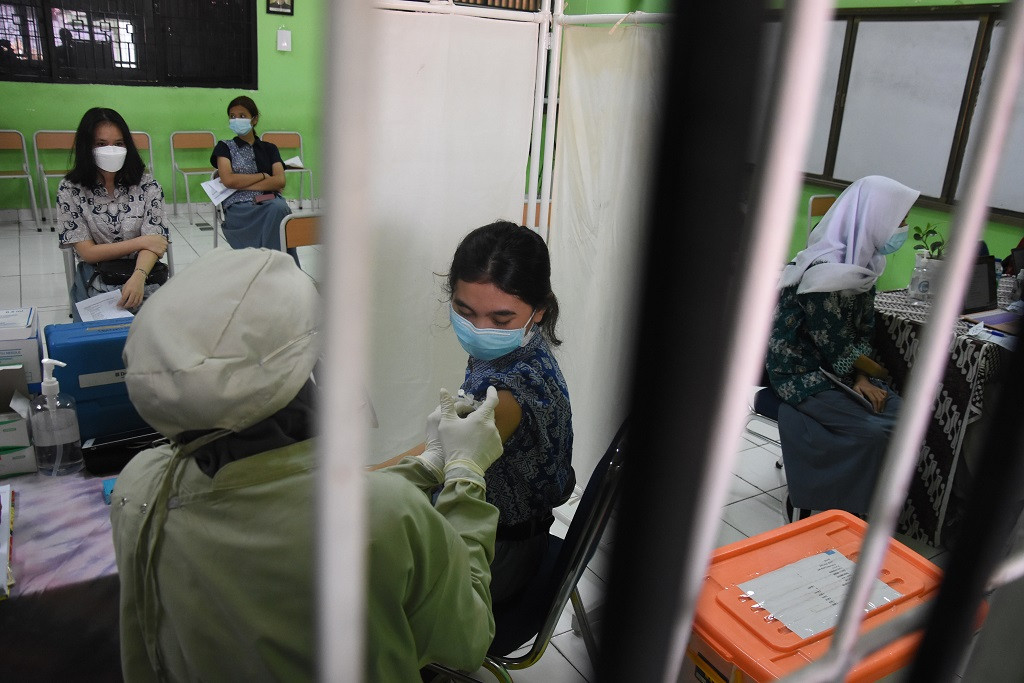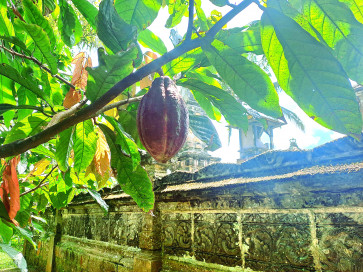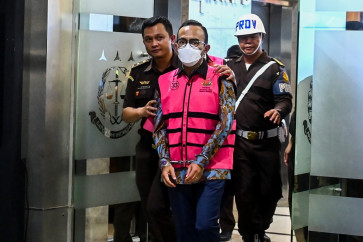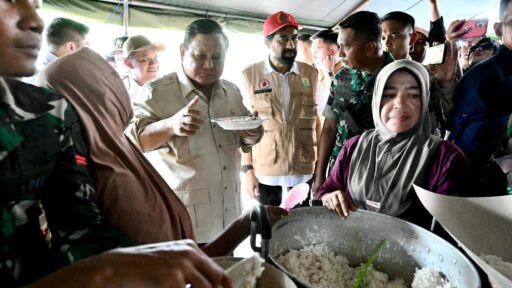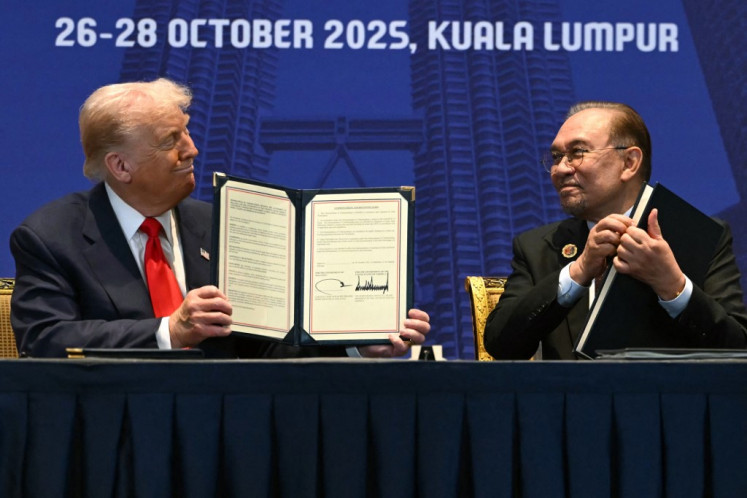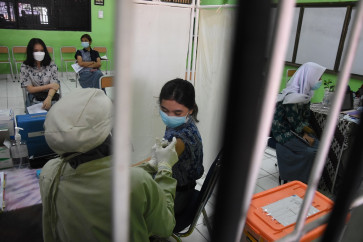Popular Reads
Top Results
Can't find what you're looking for?
View all search resultsPopular Reads
Top Results
Can't find what you're looking for?
View all search resultsProblems persist despite Indonesia surpassing 100 million COVID-19 jabs
Nationwide COVID-19 vaccine coverage for the first dose stood at 33 percent by Thursday, and for the second shot it was around 19 percent. But there is a stark gap in vaccination rates among the 34 provinces, partly blamed on unequal distribution of supply and poor vaccine management.
Change text size
Gift Premium Articles
to Anyone
F
undamental problems continue to haunt Indonesia's COVID-19 vaccination drive even after the government hit the so-called milestone of 100 million jabs, about one fourth of the total shots needed to fully vaccinate the target population.
The goal of administering 100 million doses was achieved on Aug. 31, about seven months after the program started, yet fully vaccinated people account for only a small fraction of the milestone.
The rollout began to pick up pace in early June but a high number of regions reported vaccine shortages in late July, with many people complaining that they could not get their second shots as scheduled.
The government now promises to further scale up the rollout, aiming to administer 50 million more shots this month alone. But problems, from vaccine inequity to the slow disbursement of booster shots, persist.
Stark vaccine disparity
Nationwide vaccine coverage for the first dose stood at 33 percent by Thursday, and the second shot around 19 percent.
But there is a stark gap in vaccination rates among the 34 provinces, which is partly blamed on unequal distribution of supply and poor vaccine management.

